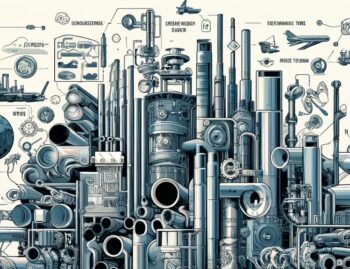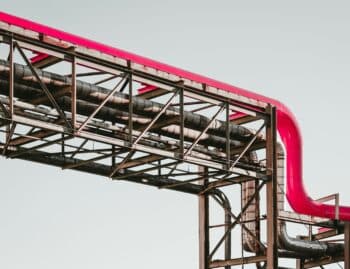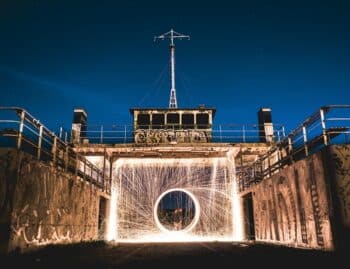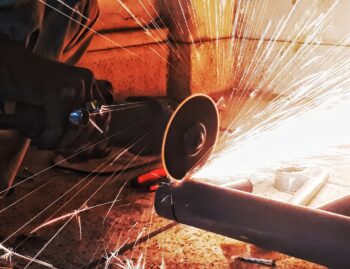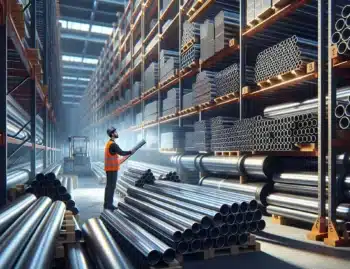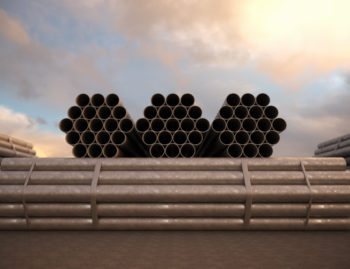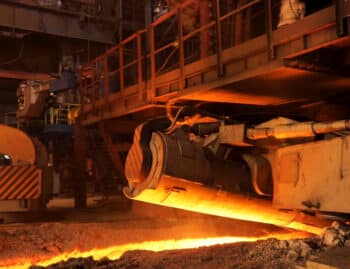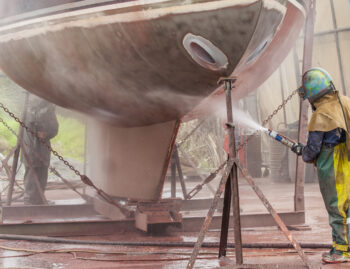
The 19th century birthed a technologically driven steel revival in the U.S. that lowered production time and heightened quality. By 1910, America was actively producing 24 million tons of steel a year, and the industry proliferated at the end of World War II.
The U.S. steel industry kickstarted the growth of American cities and all of the infrastructure, buildings, bridges, and railroads that have made them legendary.
When it comes to secure infrastructure and efficient utilities needed for cities, steel is the foundation of civil engineering and city planning. Steel piping is essential to infrastructure projects such as water/wastewater transport, oil and gas transport, and is needed to build structures of all types.
Steel and Growth go Hand-in-Hand
The past, present, and future growth of American cities hinge on the production of quality steel. Houses, skyscrapers, schools, and many other structures require steel for exterior walls, roofs, and building stability. In addition, the predicted 2 billion global population explosion expected to take place over the next 30 years means that rapid urbanization is upon us and the affordability, durability, versatility, and recyclability of steel make it a much-needed part of the new world order.
Strong Infrastructure Requires the Right Steel
American cities are constantly on the move, and the inner workings of our nation’s most active places require infrastructure that can withstand harsh conditions and corrosion. Structural integrity within pipes is one of the most significant infrastructure necessities that cities have.
Proper stainless steel piping and accessories like bolts and sludge piping are needed to handle the immense amounts of pressure and chemicals that are constantly running through pipes. Other infrastructural components that require solid steel materials for projects are oil and gas transport and structural materials for docks, roads, bridges, buildings, railways, and much more.
Structural and Non-Structural Steel is Necessary
The composition of steel varies and is often customized for how it will be used. Structural steel is essential for any architectural projects that will need to support a large amount of weight, such as bridges or skyscrapers. Structural steel contains specific properties, and refining raw iron ore while retaining carbon is vital. Non-structural steel has not been refined to the levels needed to bear excessive weight but can still be used in many other ways. Exhaust systems, stainless steel appliances, grills, and medical instruments are a few products that successfully utilize non-structural steel.
Steel is Leading the Environmental Charge
One of the biggest concerns of city planners is reducing the carbon footprint within cities. Steel is an eco-friendly material because it’s endlessly recyclable, non-toxic to either humans or the environment, can be made with little energy, and any waste that it does produce is reusable. Technology has made steel production far less dependent on human power, and the energy required to produce raw steel has dropped by 60 percent since the 1960s.
Steel is also highly compatible with the multiple new green design initiatives that are entering the construction space, and a little steel goes a long way, especially when using structural steel. Steel has been a critical part of America’s past and present, and will lead the way into creating futuristic cities of tomorrow.


